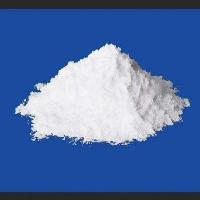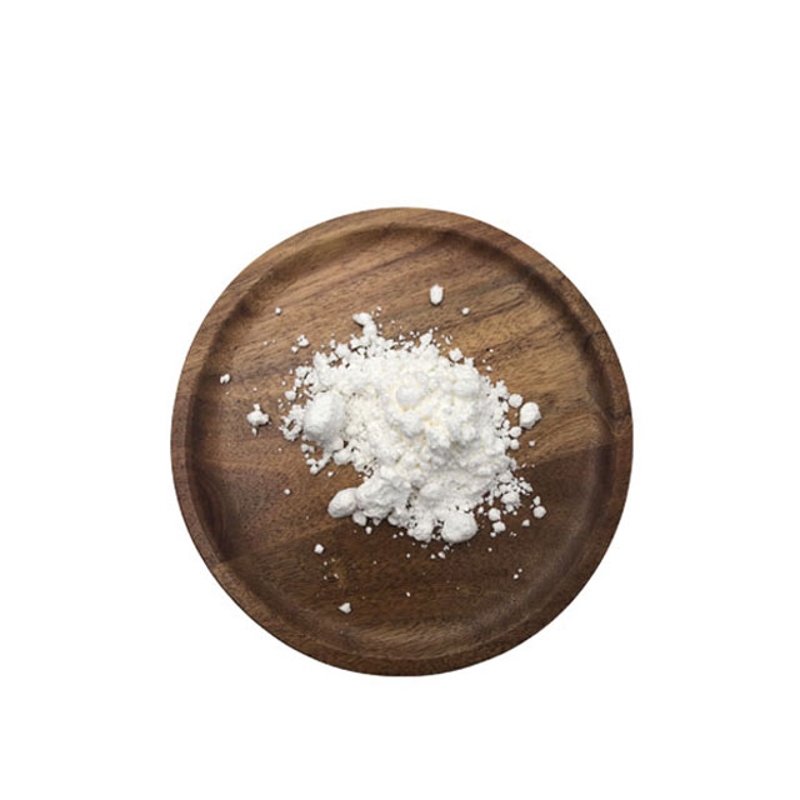-
Categories
-
Pharmaceutical Intermediates
-
Active Pharmaceutical Ingredients
-
Food Additives
- Industrial Coatings
- Agrochemicals
- Dyes and Pigments
- Surfactant
- Flavors and Fragrances
- Chemical Reagents
- Catalyst and Auxiliary
- Natural Products
- Inorganic Chemistry
-
Organic Chemistry
-
Biochemical Engineering
- Analytical Chemistry
-
Cosmetic Ingredient
- Water Treatment Chemical
-
Pharmaceutical Intermediates
Promotion
ECHEMI Mall
Wholesale
Weekly Price
Exhibition
News
-
Trade Service
foreword
Vaccines have traditionally been used to prevent infectious diseases; however, the drug's ability to induce and amplify antigen-specific immune responses has long been recognized as a potentially valuable tool in the treatment of cancer
Mutations that occur in tumor cells can generate new self-antigen epitopes, called neoepitopes or neoantigens
Identification of immunogenic neoantigens
To identify tumor-specific somatic mutations, tumor biopsies and non-tumor tissue samples (usually peripheral blood mononuclear cells) are collected from patients for whole-exon sequencing of tumor and germline DNA
MHC-I binding epitopes were predicted computationally, and peptides with stronger HLA affinity (IC50<150 nmol/l) were considered more likely to induce CD8+ T cell responses
In addition to computational methods, another way to induce neoantigen-specific immune responses is to use tumor lysates
Mass of immunogenic neoantigens
The success of the neoantigen platform is largely dependent on tumor mutational burden (TMB), and it is reasonable to assume that tumors with high TMB may have a correspondingly high number of tumor neoantigens that can be used for vaccine targeting and are better for ICI.
However, the occurrence of high TMB is not always consistent with the response to ICI
The "quality" of a neoantigen includes: (1) the degree of exogenousness, which is a measure of the heterogeneity of the neoantigen compared to the wild-type protein, the stronger the endogenous, the weaker the immunogenicity, and the easier it is to be cleared by immune tolerance; ( 2) Clonal distribution, clonal mutations cause most tumor cells to express neoantigens, while low-distribution mutations are more likely to lose expression under the selection pressure of ICI; (3) The mutational status of tumors, driver mutations are less likely than passenger mutations.
Considerations for neoantigen vaccine regimens
Several factors should be considered when designing a therapeutic vaccination regimen
After sample collection, the time required to generate a personalized vaccine is a key factor, especially in a metastatic disease setting; production time depends on the choice of vaccine platform, however, while designing and manufacturing a personalized vaccine, the Patients are given combination therapy to foster a favorable immune environment
Other variables included the route of administration of the vaccine and any combination therapy, and the number of booster vaccinations
Clinical progress of neoantigen vaccines
Currently, several clinical trials of personalized neoantigen vaccines are underway, and these preliminary studies provide important clues for the immunogenicity and therapeutic potential of personalized neoantigen tumor vaccines
Most of these preliminary clinical trials were conducted when all tumors had been surgically removed, without any additional standard treatment, and only with experimental vaccines
GEN-009 is a personalized neoantigen vaccine containing 4-20 synthetic long peptides selected using the ATLAS epitope discovery platform, using a poly-ICLC formulation
RO7198457, a personalized RNA-lipoplex neoantigen vaccine encoding up to 20 neoantigens, was tested in combination with atezolizumab in 132 patients with advanced solid tumors in a Phase Ib study (NCT03289962)
mRNA-4157, another lipid-encapsulated RNA neoantigen vaccine, has been tested as monotherapy in 13 patients with high-risk resectable solid tumors and in combination with pembrolizumab in 20 patients with unresectable advanced solid tumors who Twelve patients with disease progression prior to ICI therapy were included (NCT03313778)
The challenge of neoantigen vaccines
Although some preliminary clinical trial data for neoantigen vaccines showed strong evidence of immunogenicity and targeted tumor cell killing, a relatively larger proportion of vaccine neoepitopes did not stimulate T cell responses
.
A primary challenge in the field of cancer vaccine research is to improve our ability to elicit maximal activation and expansion of T cell responses, particularly CD8+ T cells
.
To achieve this goal, complementary therapies that promote APC function and optimal priming of T cells in lymph nodes may be required
.
Potential to achieve this include ICIs, co-stimulatory receptor agonists (eg, CD40), TLR agonists, and growth factors (eg, GM-CSF) that support DC development and/or function, and Fms-related tyrosine kinase 3 ligands (FLT3L)
.
Another challenge is how to identify vaccine delivery systems that allow vaccines to be produced quickly and cost-effectively for timely deployment
.
Different vaccine formats, including peptides, RNA, DNA, viral constructs, or DCs, each have advantages and disadvantages; however, head-to-head comparisons of these different approaches in patients are lacking
.
Timing of ICI administration and therapeutic vaccination is another important consideration
.
Combining ICIs with therapeutic vaccination regimens may be beneficial, but careful consideration of the most appropriate component therapeutic regimen is required
.
summary
The ability to rapidly and comprehensively identify tumor-specific mutations provides the field of tumor vaccines with long-elusive tumor-specific targets
.
Preliminary studies have shown that personalized neoantigen vaccines can bring significant clinical benefits to tumor patients, but personalized neoantigen tumor vaccines still face many challenges.
Ultimately, we need to develop stable, safe and maximal T cell responses.
treatment strategy
.
Currently, many studies utilizing different vaccine delivery platforms and combination therapies are underway, and the results are promising
.







